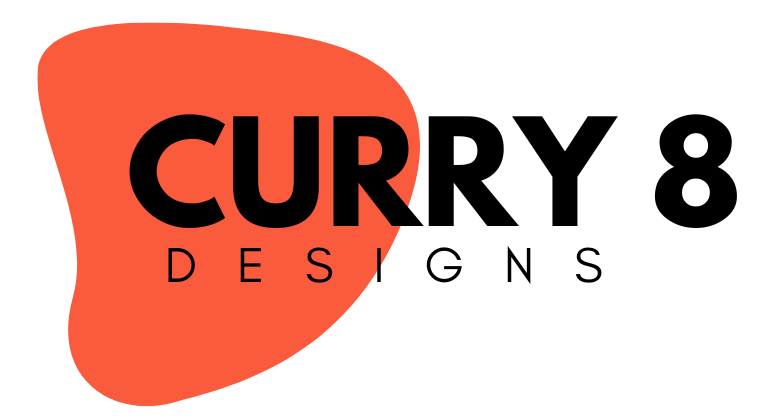Keeping your website running smoothly and preventing technical issues can be challenging after launch. Website maintenance is often overlooked, but it’t essential to keep your site working at peak performance.
Websites that have neglected their website maintenance run the risk of having a server crash or other technical issue that may result in a loss of visitors, potential customers, and revenue. To prevent these risks, you need to have an optimized website constantly updated with new content.
A well-maintained site will also help you monitor search engine crawler frequency so that you can update your SEO whenever necessary. Keep reading for more information on how to keep your website running smoothly and prevent technical issues.
Run Website Maintenance Checkups
The first step to running website maintenance checkups is to identify what exactly needs to be maintained. First, you should look at your analytics to determine your bounce rate, average time on site, and pages that have the highest exit rates. This will help you identify where the majority of your site’s issues are coming from.
Next, you should look at the way your website is being crawled by search engines. This will help you identify areas that need to be updated based on the frequency of crawlers. The last thing you want is a crawler to find broken or outdated content and drop you from their index.
Monitor Your Website’s Health
Once you’ve identified your site maintenance checkups, you’ll need to go about monitoring your website’s health. If you’re using a CMS like WordPress, you’ll be able to use the built-in monitoring tools like graphs and charts provided by your hosting company. This will help you track the performance of your website over time and stay informed about potential issues before they become a problem.
If you’re using a custom-built website, you’ll need to use a third-party analytics program. Google Analytics is one of the most popular analytics programs, and it’s free to use. You should also set up a monitoring service to stay informed about inbound traffic, broken links, and other issues that may arise.
Add New Content Regularly
One of the biggest issues that can arise from neglecting your website maintenance is a lack of new content. If your website is built on a CMS, you should have a content management system that allows you to add new content to your site. If you have a custom-built website, you’ll need to hire a web developer to build you a CMS system.
New content can be in the form of blog posts that drive traffic to your site. It can also be pieces of content like guides or how-to articles that you use to collect emails. The more content you have on your site, the better your rankings will be.
Update Your Website’s Software
After adding new content to your site, it’s important to update your website’s software to ensure that everything is running smoothly. This will help you identify potential issues before they come up. If you’re using a CMS, you can update your site’s software by adding new content. If you’re using a custom-built site, you’ll need to hire a developer to do this for you.
If you have a website built on WordPress, you can update your software by updating the CMS. This can be done by logging in to your CMS dashboard and clicking the “update now” button. You should also make sure that you’re running the latest versions of plugins and themes. If you aren’t sure which versions you need, you should contact your hosting company.
Run Tests and Fix Broken Parts of Your Website
If you’ve identified broken parts of your website through your website maintenance checkups, you’ll need to run tests to determine how to fix them. First, you should look at the code of the page in question to determine where the error is coming from. You should also see if the error can be fixed by updating the code with a new plug-in or fix.
If you can’t fix the error by updating the code, you should hire a developer to help you fix the broken parts of your website. When you’re hiring a developer, make sure that they have experience working with your CMS and that they’re familiar with the errors you’ve identified.
Be Ready for Technical Issues with Back-up Tools and Developers
Finally, you need to be ready for technical issues with backup tools and developers who are ready to fix them should they arise. If you’re hosting your website on a shared hosting platform, you should have a backup server ready to go in case one of your servers crashes and your site goes down.
You should also have a developer ready to help you fix any issues that arise with your website. This can be done by hiring a developer who can help you with maintenance and repairs as needed. You can also join a community of business owners who can help you resolve issues if you’re running into issues with your website.
Conclusion
Website maintenance is a crucial part of keeping your website running smoothly. If you’re running a website built on a CMS, you can easily update your site with new content to help drive traffic. If you’re running a custom-built site, you’ll need to hire a developer to help you update the code. Website maintenance is an essential part of keeping your website running smoothly.
It’s important to run checkups to determine where the most issues are coming from and what needs to be maintained. You can also stay up to date on the latest trends in website maintenance with the help of technology.

